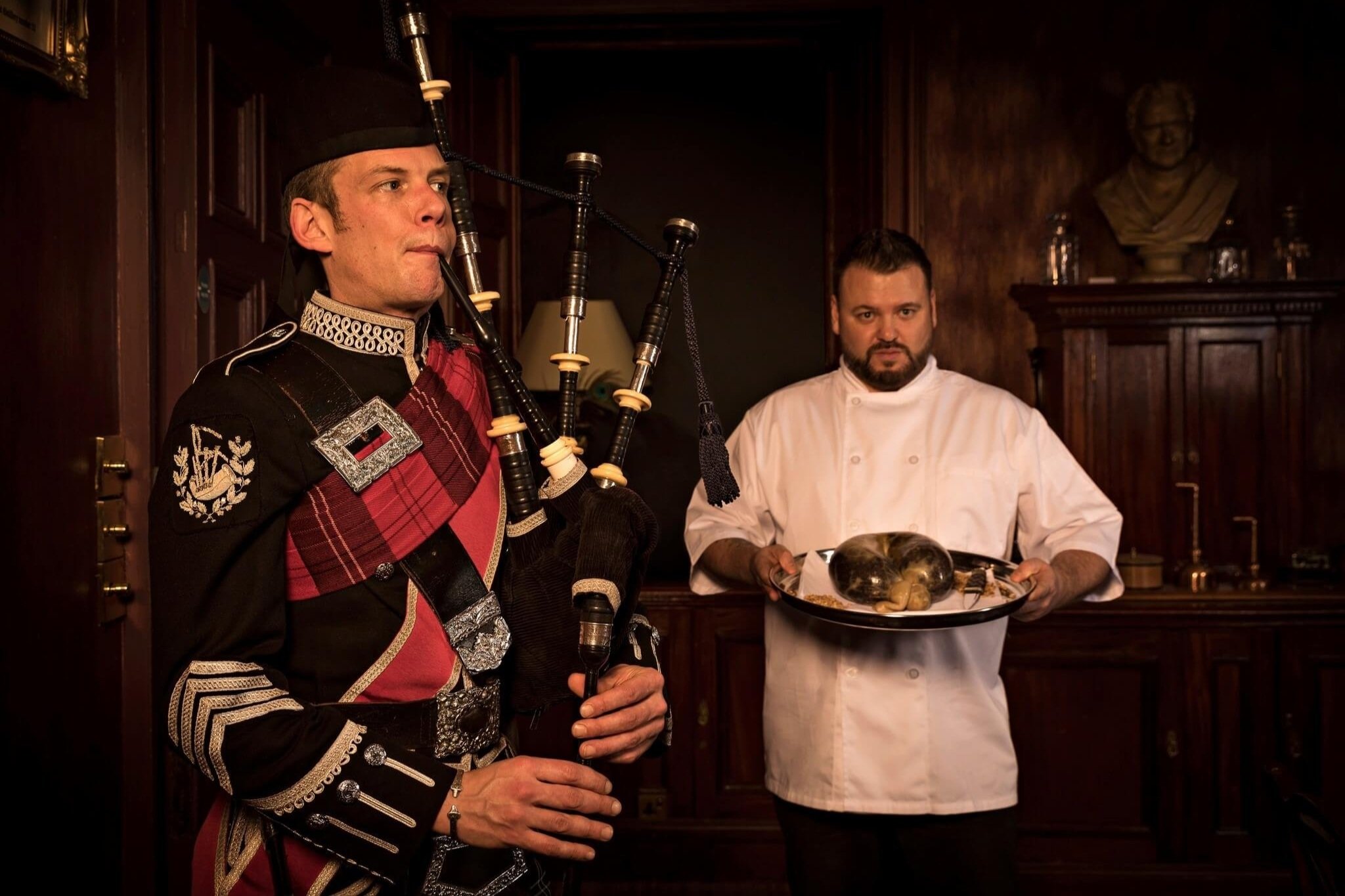Gregorian Chant and Medieval Polyphony Performance
Canada's only all-female vocal ensemble performing sacred music.
Ensemble Scholastica performs. Photo courtesy Ensemble Scholastica.
Ensemble Scholastica, Canada's only female vocal ensemble specializing in the performance of Gregorian chant and medieval polyphony (c. 800-1300 AD), will perform in the Adirondacks at The Church of the Assumption in Redford, NY, in the Lake Champlain Region and Adirondack Coast.
What are Gregorian chant and medieval polyphony?
The ensemble members are professional vocalists and musicians from Montreal's thriving early music community. They study and sing from original sources of medieval manuscripts, but they also have the freedom to add ornamentation and improvisation, known as "elaboration."
As a result, their interpretations showcase the surprising rhythmic variety and melodic richness of medieval chant, capturing the fluidity and interplay of the melodic lines of medieval polyphony. Their goal is to allow audiences to experience the remarkable joy and complexity of medieval spirituality and culture.
The musicians also aim to share with listeners the beauty and intricacy of medieval music and liturgical traditions at the very root of Western music.
St. Scholastica, St. Benedict’s sister.
The Ensemble takes its name from St. Scholastica, the sister of St. Benedict, the Italaina founder of the Benedictine Order in the 6th century. Despite being overshadowed by her brother's fame, Scholastica founded the female branch of the institution, which played a significant role in creating and spreading a vast body of music over many centuries. Monastic orders historically provided women with opportunities for education, skill development (including singing), and community involvement.
Saint Scholastica, Saint Benedict and companions.
In honor of this legacy, a group of eight female singers, some of whom also play period instruments, will present works composed, collected, or sung by women in medieval European convents and lay communities.
This tradition continued into the early modern era and extended to other continents, particularly New France in North America and Latin America. The program features lyrics rich in symbolism, offering an intimate glimpse into the desires and devotions of this sisterhood, whose significant contributions have often been overlooked by history.
The Bride, the Dove and the Rose.
The program scheduled for April 14 is called "The Bride, the Dove, and the Rose." In this context, the "bride" represents the church and its members, while the bridegroom symbolizes God or Jesus. The "dove" symbolizes the Holy Spirit as a mediator and comforter, and the "rose" represents Jesus Christ or Mary, who is seen as the ultimate female role model. In this way, these interconnected symbols are understood to reflect God's love for his people. For those who chose a monastic life, these symbols were a deeply personal expression of their longing for union with Christ.
The program showcases the works of Hildegard von Bingen (1098-1179), one of the most prominent women of the medieval era. She is renowned for her visionary writings and paintings, medical treatises, and over 70 musical compositions. Hildegard's voice was highly original, providing a distinctly female perspective, and many of her songs were dedicated to Mary.
The program features works from various significant sources, including the Speculum virginum, a 12th-century treatise on female monastic life widely used in Germanic convents until the Reformation. It also includes works from the Las Huelgas Codex, one of Spain's largest collections of medieval music, representing the 13th-century repertoire at the important convent of Santa Maria la Real de Las Huelgas.
The women of Ensemble Scholastica.
Additionally, there are works from the Cantus Sororum, a prayer service created by the Birgittine Order in Sweden in the 14th century, and the only office established by and exclusively for women's use. Furthermore, the program includes works from the songbook of Anna of Cologne, a manuscript of Latin and German-texted sacred works collected for use by religious communities of female laity in the late 15th century.
Notably, the program also features works from the archives of the Congrégation Notre-Dame de Montréal, founded in the 17th century by Marguerite Bourgeoys (1620-1700). The congregation's main mission was to educate young girls, the poor, and children of First Nations of Ville-Marie, now known as Montréal.
For more information, visit Hill and Hollow’s website.









